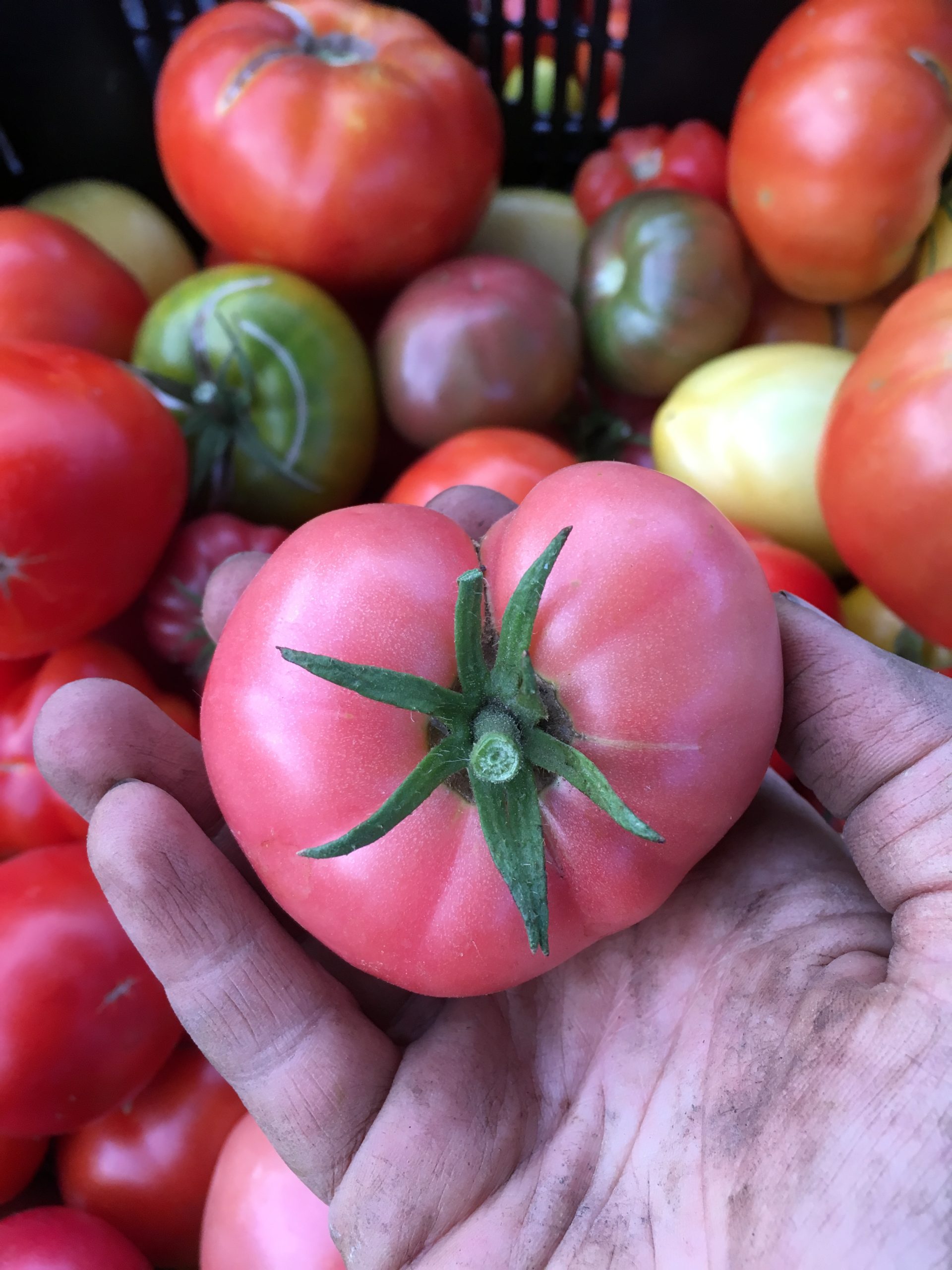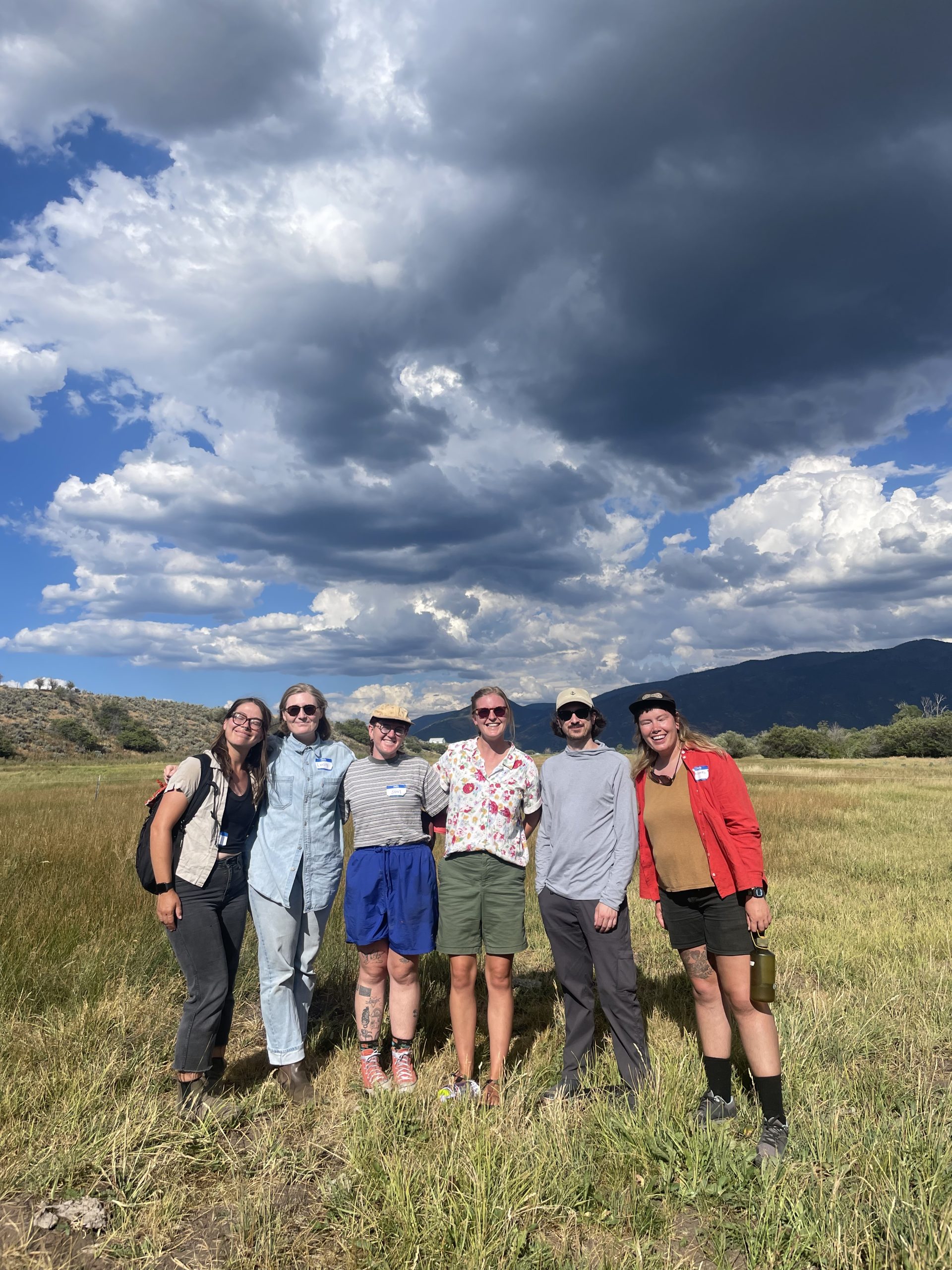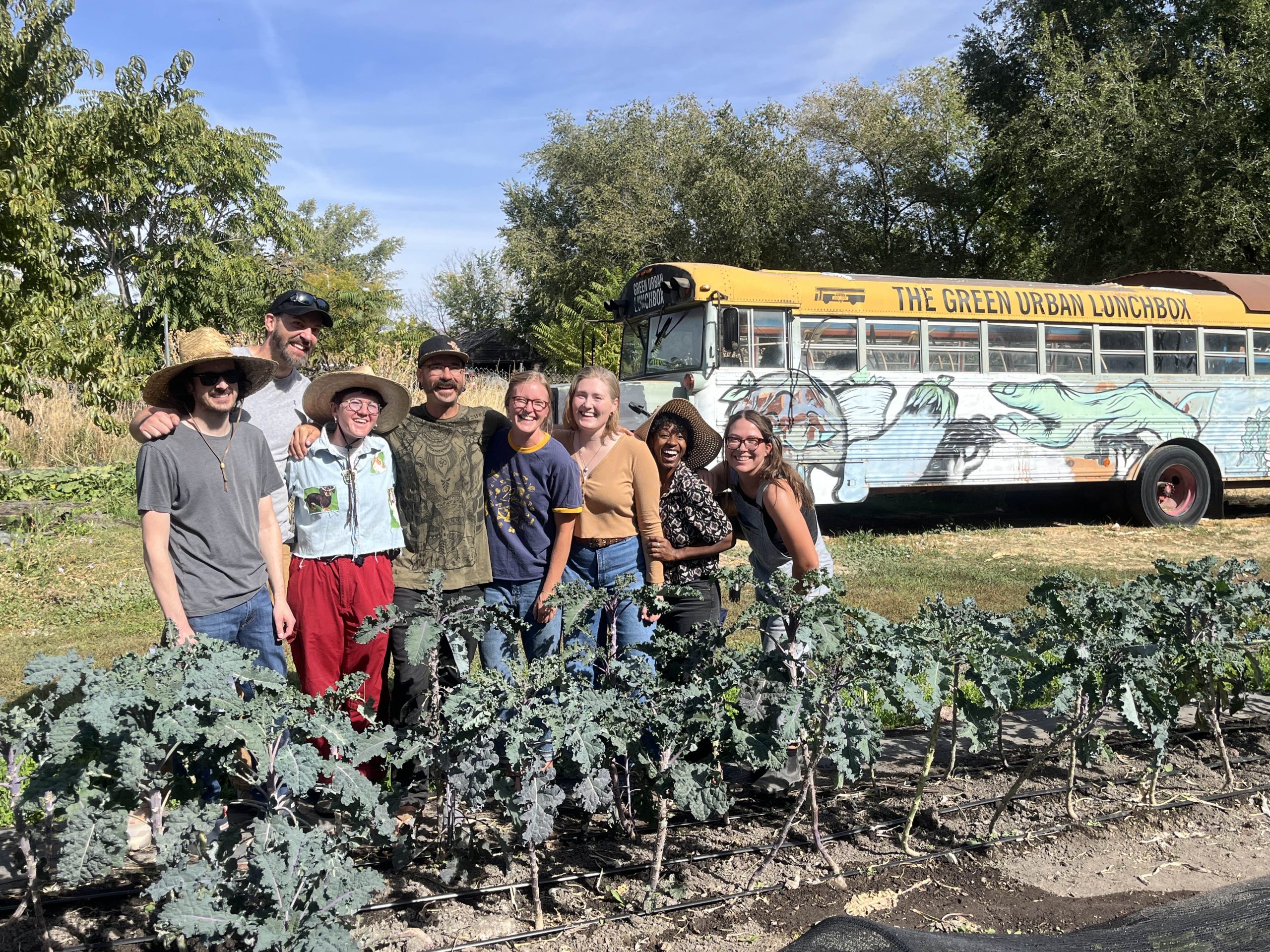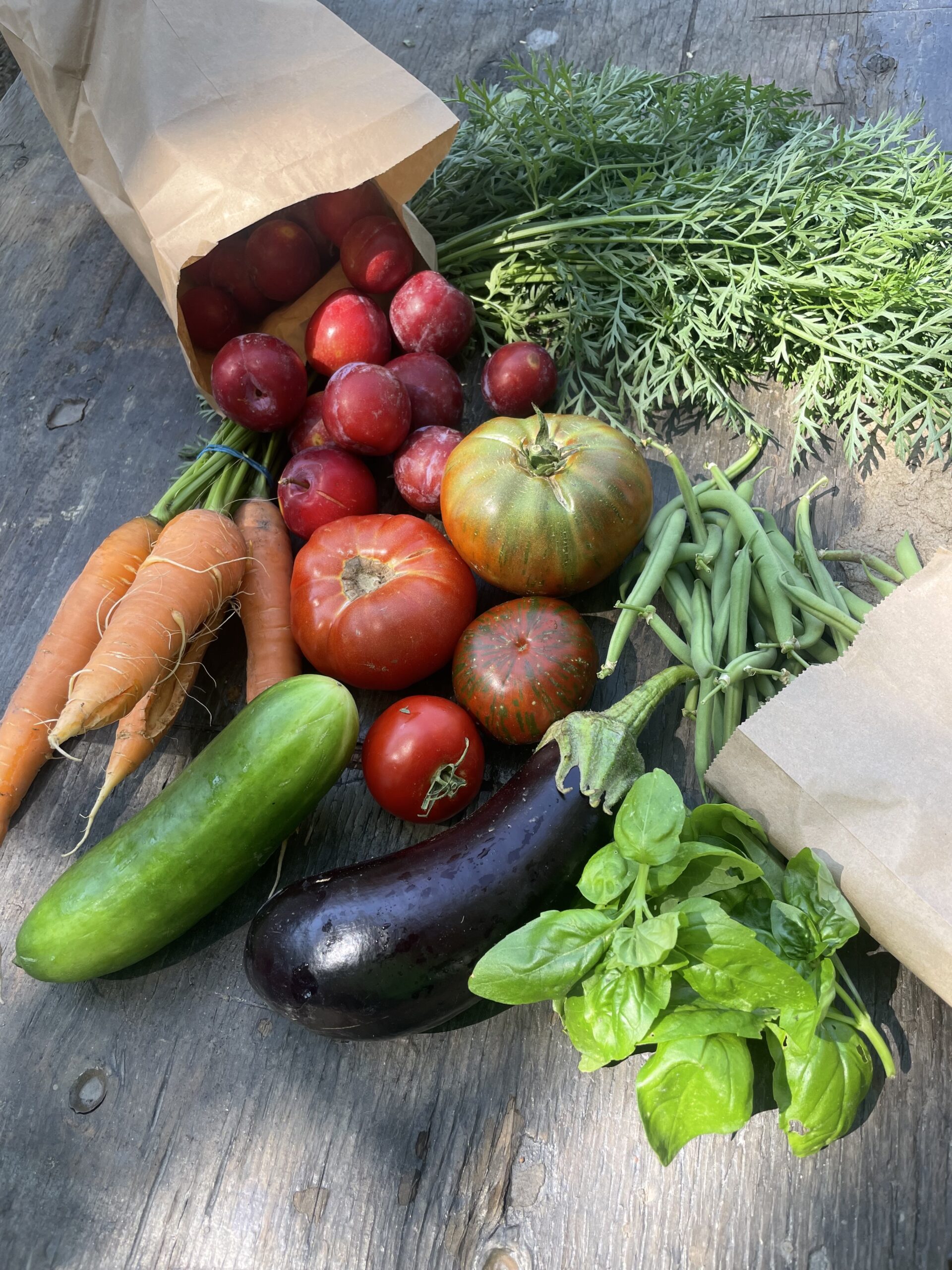
Food Apartheid | Why we should change the way we talk about food deserts
Jenae Ridge
There’s some more history here
“…approximately 98% of the arable acreage in this country is white-owned, which is an all-time high, and that is no accident of history, right? You can start with the genocidal theft of land from Native people as setting the stage for the type of racism and white supremacy that we were to have in our food system. And of course, slavery, which is a whole topic unto itself where you’re talking about hundreds of years of millions of people doing unpaid labor [which is still going on today] to build the agricultural wealth in this country.”
Leah Penniman, Co-Founder, Co-Directors, and Farm Manager of Soul Fire Farm
As mentioned in Injustice in the Food System, we did not arrive at this place “on accident”. Our Food System functions exactly as intended; “concentrating power in the hands of a privileged minority and passing off the social and environmental “externalities” disproportionately on to racially stigmatized groups“.
This (in partnership with similar systems throughout our country) has placed people of color in heartbreaking situations. It is time we recognize this and start figuring out how we can help.
Food Apartheid
Food apartheid looks at the whole food system and takes into account income, race, and geography. It encompasses the social and racial inequalities that are at play in our food system. It recognizes that the systems in place are what make it difficult for people living in low-income areas to access fresh, healthy food. This isn’t something that has happened by accident either! If you look, most low-income neighborhoods are flush with fast food and small corner marts and no grocery stores.
Grocery store owners tend to build in neighborhoods where people have money to spend. They rarely end up in low-income neighborhoods. If they do, most residents can not afford the food sold in that store. So, they travel farther to find better prices, a ‘food mirage’.
What’s available for residents in these neighborhoods? Unhealthy and processed food, because that is what is available. This then leads to food-related illnesses such as diabetes, hypertension, and heart disease. This then fuels the healthcare systems remedy which is often medications and surgery over prevention. It’s a vicious cycle.
Finally, food apartheid is a better alternative to “food desert”. Food desert leaves out the important social inequalities that exist in food access. It also neglects the fact that these communities can lift itself to new heights, given the proper resources.
“I wake up dreaming that my neighborhood has been given capital, has been given opportunity, has been given finance, that we can own our stores and businesses. Why is it that outsiders always have to come into our neighborhood to open a business? Why don’t people with capital come into my neighborhood and think about investing in the people who already live here? Give them the capital, give them the means of financial literacy, teach them how to invest, teach them how to own homes, teach them how to own businesses. Give them that chance, instead of coming in and changing the dynamics and the complexion of our neighborhood.”
Karen Washington, Food Justice Activist


